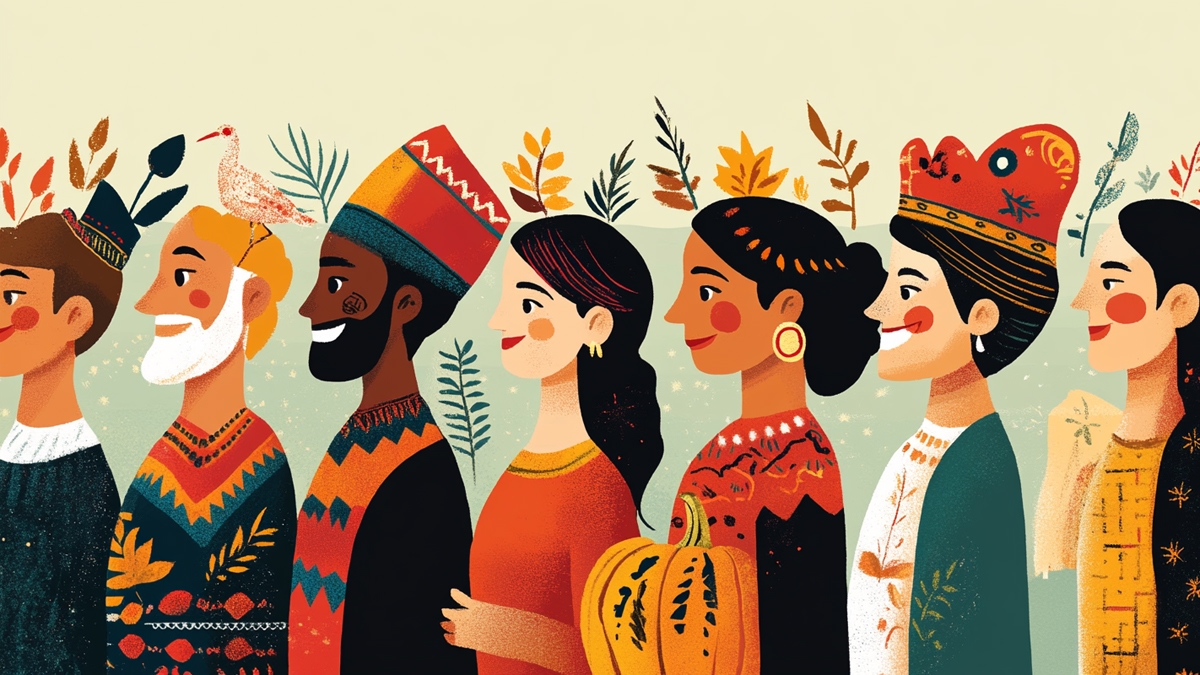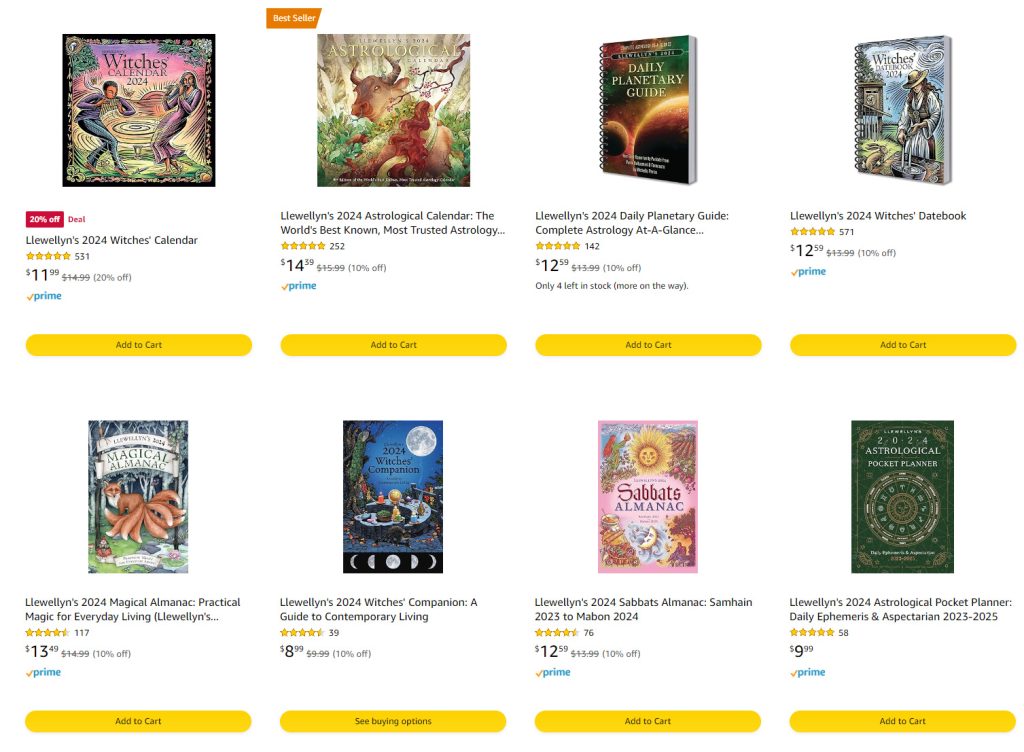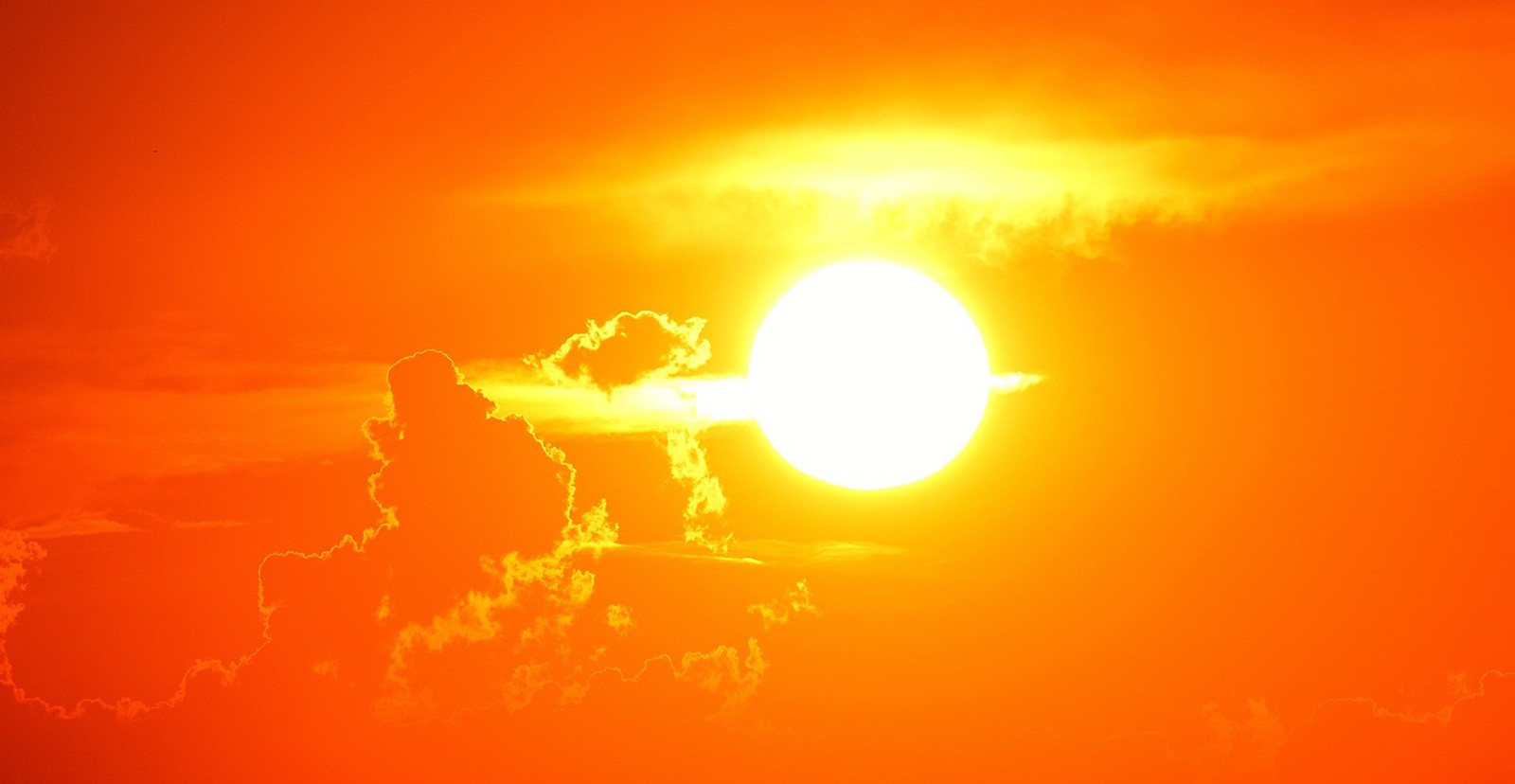Last Updated on November 19, 2024 by Avia
Thanksgiving might be known as a quintessentially American holiday, but the practice of giving thanks spans continents, centuries, and cultures. From harvest festivals to spiritual rituals of gratitude, people around the globe pause to reflect on their blessings – each with their own unique customs and symbols. I wanted to talk about how different cultures celebrate Thanksgiving in different ways because I thought it was a good way to get an expanded view of our own traditions. After all – we’re a global society, and learning about Thanksgiving symbols and similar holidays of gratitude can really broaden our horizons. If that sounds like you’re kind of slice of pumpkin pie, I invite you to keep reading and explore how different cultures celebrate Thanksgiving and the fascinating symbols they use to express it.
Table of Contents
- Korea: Chuseok – A Harvest Full of Gratitude
- Japan: Kinrō Kansha no Hi – Labor Thanksgiving Day
- Germany: Erntedankfest – A Bounty of Thanks
- China: Mid-Autumn Festival – Gratitude Under the Moonlight
- India: Pongal – A South Indian Feast of Thanks
- Ghana: Homowo – A Celebration of Overcoming
- Jewish Tradition: Sukkot – A Festival of Booths
- Why Gratitude is a Universal Language
- The Power of Symbols
- Conclusion: Around the World in Gratitude
- Take Avia’s Thanksgiving Quiz!
Korea: Chuseok – A Harvest Full of Gratitude
Chuseok, often dubbed the “Korean Thanksgiving,” is a high-energy, three-day celebration held in autumn. Families gather to honor their ancestors through a ceremony called Charye, offering rice, fruit, and traditional Korean delicacies. A key symbol of Chuseok is the songpyeon, a half-moon-shaped rice cake filled with sweet or savory ingredients, symbolizing gratitude for a bountiful harvest.
Quote of Gratitude: “In the sweetness of songpyeon, we taste the joy of hard work rewarded.”
Chuseok parallels American Thanksgiving in its familial gatherings and food-centric celebrations, but its deep ancestral reverence adds a layer of spiritual connection.
Japan: Kinrō Kansha no Hi – Labor Thanksgiving Day
Celebrated on November 23, Japan’s Kinrō Kansha no Hi translates to “Labor Thanksgiving Day.” Originally rooted in the ancient Shinto harvest festival Niinamesai, this holiday evolved into a day of expressing gratitude for workers’ contributions and environmental blessings.
Symbolically, origami cranes are often gifted, representing peace and appreciation. This day includes festivals, ceremonies, and schoolchildren writing thank-you notes to municipal workers. It’s such a cool gesture, I had to include it in this line up of how different cultures celebrate Thanksgiving.
Quote of Gratitude: “Folded within every crane is a thank you that soars beyond words.”
While it lacks the turkey and stuffing, Kinrō Kansha no Hi shares Thanksgiving’s focus on gratitude—albeit with a twist of social appreciation.
Germany: Erntedankfest – A Bounty of Thanks
Germany’s Erntedankfest, meaning “Harvest Festival of Thanks,” is celebrated in late September or early October. This Christian holiday involves church services, parades, and plenty of feasting. A common symbol is the harvest crown, crafted from wheat, fruits, and flowers, representing abundance and gratitude.
Quote of Gratitude: “In every grain of wheat, the promise of tomorrow is sown.”
Like Thanksgiving, Erntedankfest centers around community and food, but its religious undertones make it a more solemn affair.
China: Mid-Autumn Festival – Gratitude Under the Moonlight
The Mid-Autumn Festival, celebrated in China and other East Asian countries, falls on the 15th day of the eighth lunar month. It’s a time to give thanks for the harvest and reunite with family. Mooncakes, round pastries filled with sweet bean or lotus seed paste, are a key symbol, representing unity and completeness.
Families gather to light paper lanterns, symbolizing hope and prosperity, while gazing at the full moon—a symbol of harmony and abundance.
Quote of Gratitude: “Under the full moon, our gratitude becomes whole.”
Though rooted in different traditions, the Mid-Autumn Festival shares Thanksgiving’s spirit of togetherness and thankfulness for life’s blessings.
India: Pongal – A South Indian Feast of Thanks
In January, Tamil Nadu in India celebrates Pongal, a four-day festival of Thanksgiving for the sun, rain, and harvest. Families cook Pongal, a sweet rice dish, as an offering to the Sun God. Kolam, intricate designs made of rice flour, decorates doorsteps, symbolizing prosperity and gratitude.
Quote of Gratitude: “Each grain of rice is a hymn of thanks sung to the earth.”
When we think about how different cultures celebrate Thanksgiving, Pongal is very similar, as it revolves around food and community but extends its gratitude to nature’s elements.
Ghana: Homowo – A Celebration of Overcoming
The Homowo Festival in Ghana, meaning “hooted at hunger,” celebrates the Ga people’s victory over famine. Held in August, it’s a time to give thanks for resilience and abundance. Families prepare kpekple, a traditional dish made from cornmeal and palm nut soup, symbolizing gratitude for sustenance.
Quote of Gratitude: “In every shared meal, a story of triumph is told.”
Homowo, like Thanksgiving, blends history, gratitude, and food, creating a unique narrative of overcoming hardship.
Jewish Tradition: Sukkot – A Festival of Booths
Sukkot, the Jewish harvest festival, lasts for seven days in autumn. Families build sukkahs (temporary shelters) to commemorate the Israelites’ 40 years in the desert. The lulav and etrog, a bundle of palm, myrtle, willow branches, and a citrus fruit, are waved in all directions, symbolizing gratitude for God’s blessings.
Quote of Gratitude: “In the shelter of the sukkah, we find peace and thankfulness.”
Sukkot shares Thanksgiving’s themes of harvest and gratitude but adds a spiritual dimension of remembrance and faith.
Why Gratitude is a Universal Language
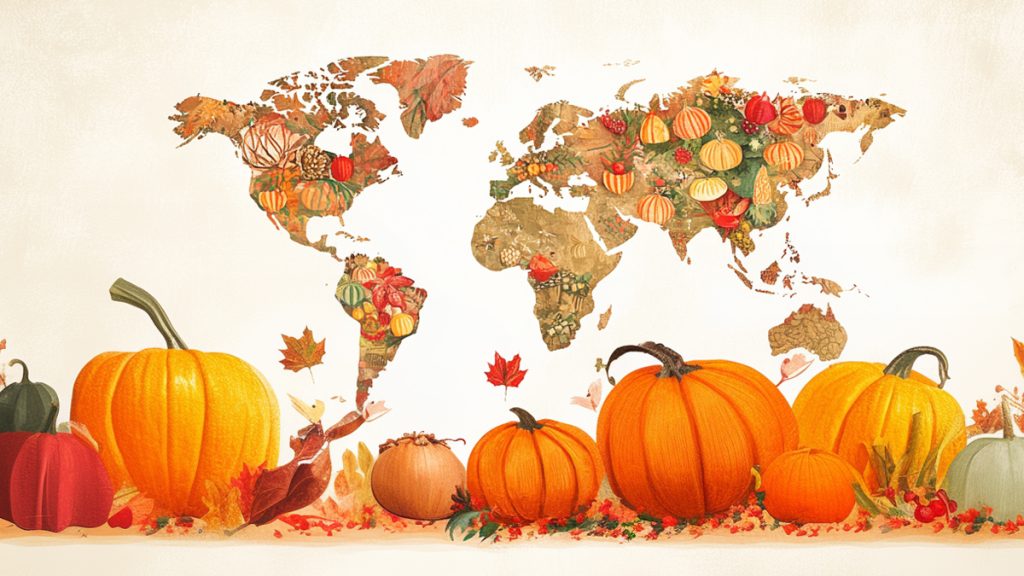
Despite differences in customs and symbols, the essence of gratitude transcends borders. Each culture’s unique way of saying “thank you” reminds us that thankfulness is a cornerstone of human experience.
The Power of Symbols
Whether it’s the mooncake’s round perfection, the crane’s delicate folds, or the harvest crown’s woven bounty, symbols help us express complex emotions of gratitude. They connect us to our history, nature, and each other.
Final Quote of Gratitude: “Gratitude is the universal dialect, spoken fluently by the heart.”
Conclusion: Around the World in Gratitude
Understanding how different cultures celebrate Thanksgiving broadens our horizons and deepens our appreciation for our own traditions. Whether we’re hooting at hunger, folding cranes, or passing the turkey, the act of giving thanks unites us in a shared human experience.
So, as you sit down to your Thanksgiving meal, remember that you’re part of a global family of gratitude. And who knows? Maybe you’ll be inspired to add a mooncake or some songpyeon to your table next year.
Mighty brightly,

© Copyrighted. All Rights Reserved.
Take Avia’s Thanksgiving Quiz!
Best Ways to Celebrate Thanksgiving According to Your Native American Animal Sign
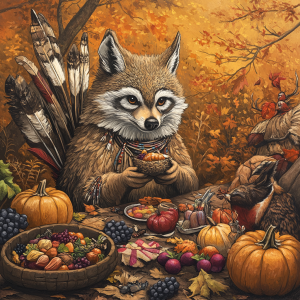
Observe Every Day With These Llewellyn Amazon Selections
Want more? Me too! That’s why I’ve also got this for you on Whats-Your-Sign:
